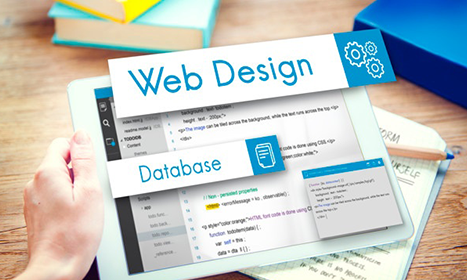
- July 24, 2021
- Website Design Tips
Website Design Tips
Website Design Tips: How to Build a Stunning and User-Friendly Website
Your website is often the first impression people have of your business. A clean, professional, and user-friendly design doesn’t just look good—it helps you gain trust, improve conversions, and grow your online presence. Whether you’re creating a new website or redesigning an existing one, these essential tips will help you stand out.
1. Keep It Clean and Simple
Cluttered websites overwhelm visitors. A simple layout with plenty of white space makes content easy to read and keeps your design professional. Use no more than two or three main colors and stick to one or two fonts for consistency.
2. Make Navigation Intuitive
Visitors should be able to find what they’re looking for within seconds. Use a clear navigation bar with logical categories, keep menu items short, and make sure important pages (Home, About, Services, Contact) are always accessible.
3. Focus on Mobile Responsiveness
With most web traffic coming from smartphones, a mobile-friendly design is critical. Ensure your website automatically adjusts to different screen sizes, and test it on multiple devices to avoid layout issues.
4. Optimize for Speed
Slow websites drive visitors away. Compress images, remove unnecessary plugins or scripts, and use reliable hosting. Aim for a loading time of under three seconds to keep users engaged.
5. Use High-Quality Visuals
Poor-quality images can make even the best website design look unprofessional. Use crisp photos, relevant illustrations, and modern icons. If possible, invest in custom graphics or professional photography to match your brand style.
6. Highlight Clear Calls-to-Action (CTAs)
Whether it’s “Buy Now,” “Get a Quote,” or “Subscribe,” your calls-to-action should stand out. Use contrasting colors, clear wording, and place CTAs strategically on every important page.
7. Prioritize Readability
Choose fonts that are easy to read and use a font size of at least 16px for body text. Break long paragraphs into shorter sections, use bullet points, and add headings so users can scan quickly.
8. Ensure Strong Branding
Your website should reflect your brand’s personality. Consistent colors, logos, and messaging help build recognition and trust. Every page should look like it belongs to the same brand family.
9. Incorporate SEO Best Practices
Good design goes hand in hand with SEO. Use keyword-rich headings, meta descriptions, image alt tags, and clean URLs to improve your visibility on search engines. A well-designed website is useless if nobody can find it.
10. Test and Update Regularly
Web design is never “set and forget.” Check your website frequently for broken links, outdated content, or slow performance. Run usability tests and update your design as trends evolve or user feedback suggests changes.
Final Thoughts
A great website blends style and functionality. By keeping your design clean, mobile-friendly, and user-focused—while also following SEO and branding best practices—you can create a site that both looks professional and delivers results.









